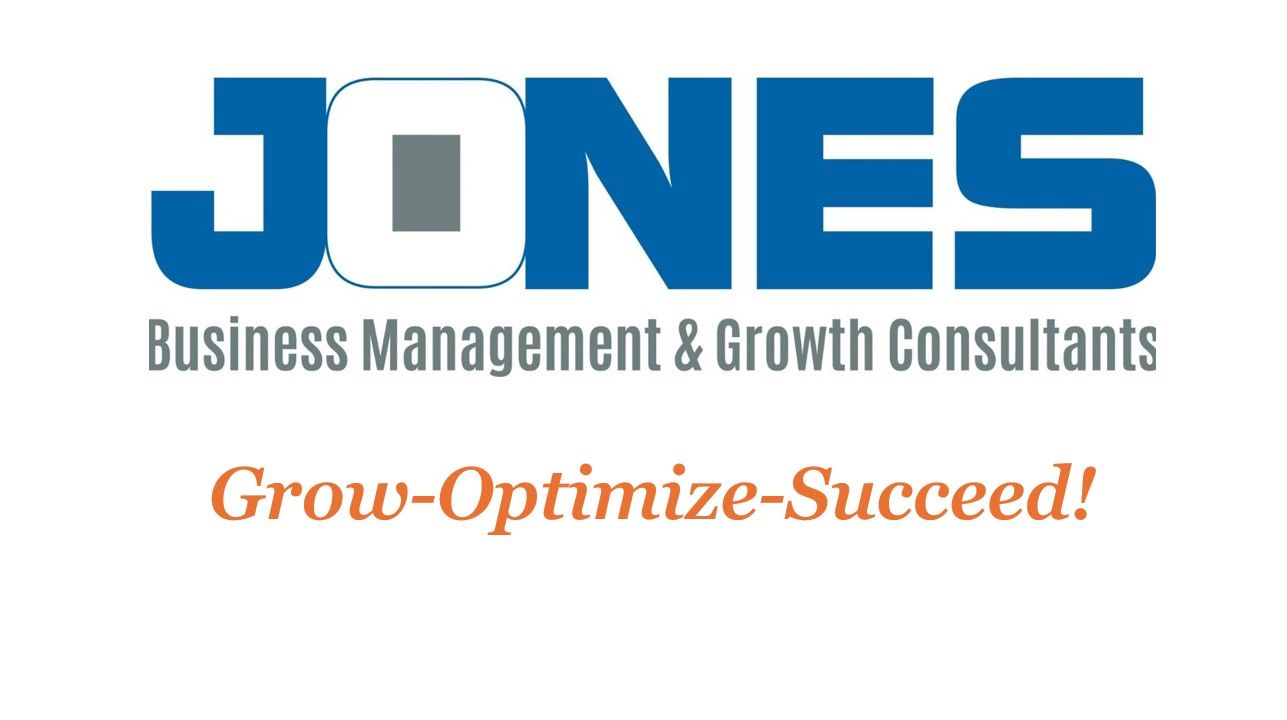The Domino Effect: How Cascading System Failures Cripple Organizations
Why interconnected failures can bring your organization to a halt—and how to stop them before they spread

Accountability is not binary. Often, when we encounter a failure within our organization, it’s tempting to draw a clear line: “This is my fault,” or “This is someone else’s fault.” But in truth, most organizational failures, whether in business or even in our families, have multiple layers of responsibility. Rarely can we pinpoint just one person or team as the sole cause of a breakdown. To truly understand why something went wrong and create solutions to prevent future issues, we must examine every part of the process and understand how each failure played its role.
Let’s explore this concept through a real-world business example. Imagine a manufacturing company launching a new product. The marketing team ran an aggressive campaign, promising rapid delivery to meet an anticipated high demand. Meanwhile, the operations team underestimated the complexity of the supply chain for the new product, while the procurement team negotiated prices that compromised quality. At the same time, the production floor received insufficient training on how to assemble the new product, leading to inefficiencies and defects.
Now, when the product launches and problems arise—delays, returns due to quality issues, and customer dissatisfaction—it’s easy to point fingers. Marketing might argue, "We simply promised what operations assured us was possible." Operations might say, "We weren't fully informed by procurement about the quality issues." The production team could argue, "We weren't trained properly by management." However, this entire failure doesn’t fall on one specific area; it’s the result of a systemic breakdown across all departments—a *Cascading System Failure*.
What is a Cascading System Failure?
A **Cascading System Failure** occurs when a failure in one part of an organization triggers failures in multiple other areas, creating a domino effect. Each department or team is reliant on others to succeed, and when one team falls short, the resulting ripple effect spreads across the organization. The cascading nature of this failure means that fixing the initial problem might have prevented further breakdowns. However, if left unchecked, the failure moves through the system, compounding the damage.
Example of a Cascading System Failure:
In the manufacturing example above, if marketing had adjusted their promises to align with operations' true capabilities, or if the procurement team had secured better-quality materials, the company could have avoided customer dissatisfaction, production delays, and returns. But because one failure led to another, the organization experienced a full-blown crisis.
What’s crucial in understanding a **Cascading System Failure** is that while the problem may originate in one part of the business, it spreads through connected processes. One weak link in the chain pulls down the others, amplifying the impact of the initial mistake. If the source had been corrected early, the cascading failures could have been avoided or at least minimized.
The Importance of Humility in Addressing Failures
One of the hardest parts of resolving a cascading system failure is admitting that multiple areas of the organization contributed to the problem. It requires humility from every team and individual involved to own up to their part in the breakdown. Blaming one department or looking for a scapegoat won’t solve anything. Instead, the organization must take an honest and holistic approach, examining how each failure interconnected and addressing those issues collectively.
When teams and individuals embrace accountability without defensiveness, they create an environment where the focus is on learning and improving, not blaming. This shift in mindset fosters stronger processes and reduces the risk of future failures.
Looking Ahead: Systemic Process Failure
In the next blog, we’ll dive into another type of organizational failure: **Systemic Process Failure**. Unlike cascading failures, which result from a chain reaction, systemic failures are ingrained across multiple levels of an organization. We’ll explore how these failures happen, why they persist, and what leaders can do to identify and address them at their roots.










